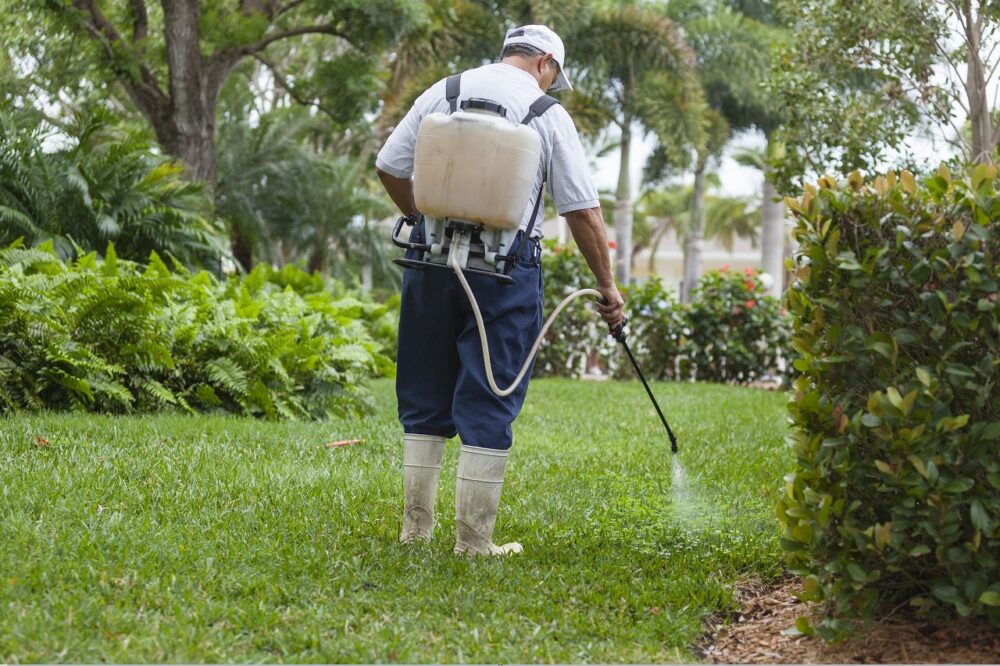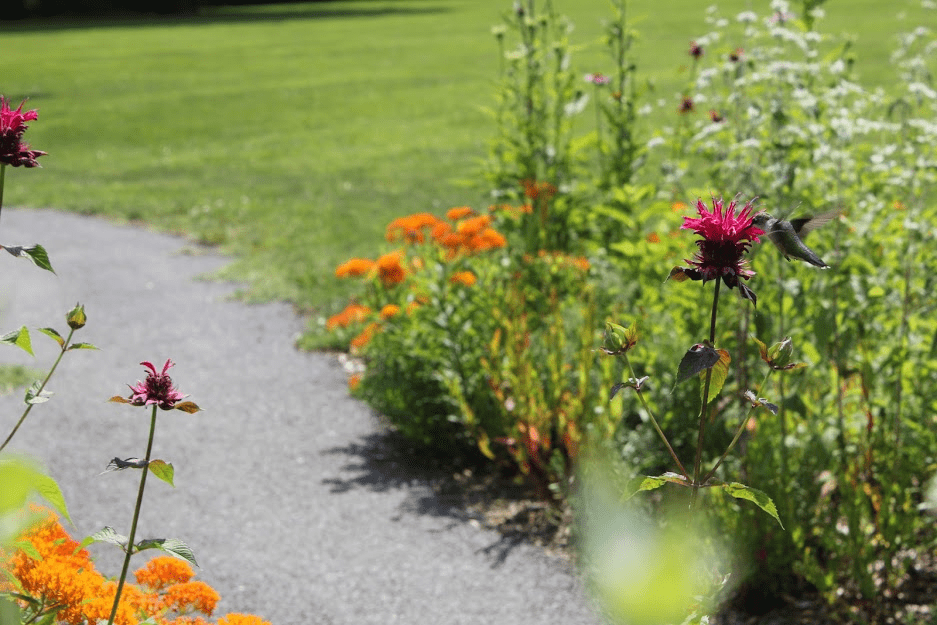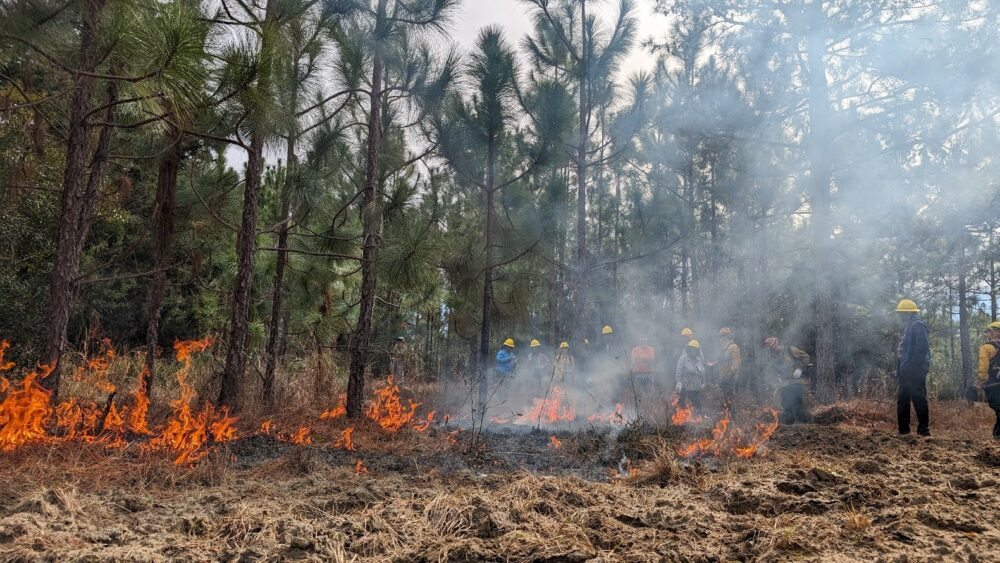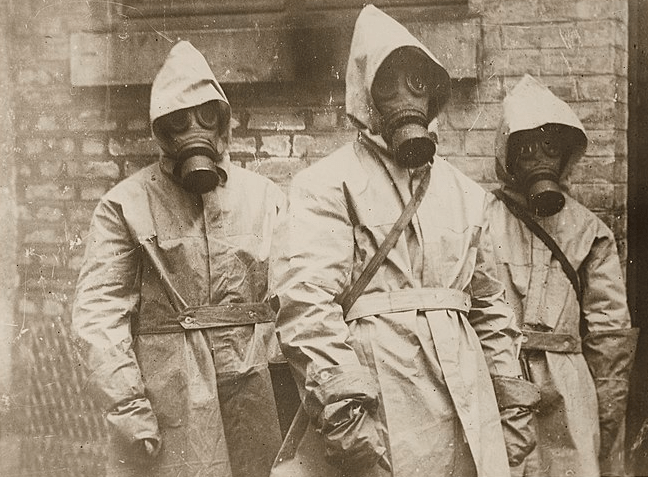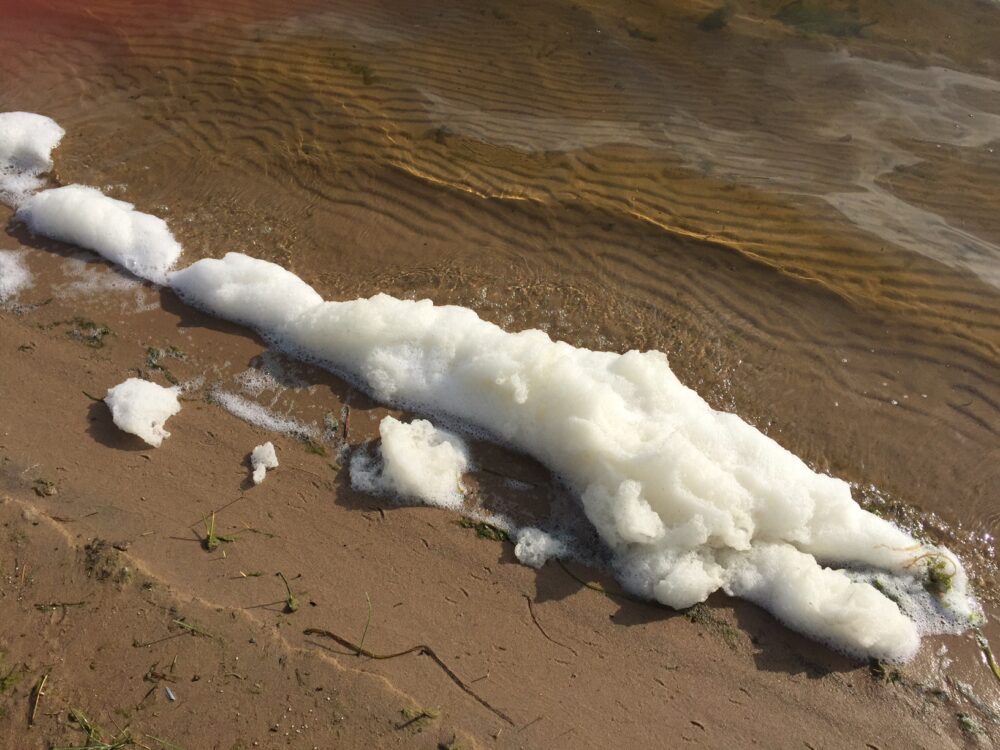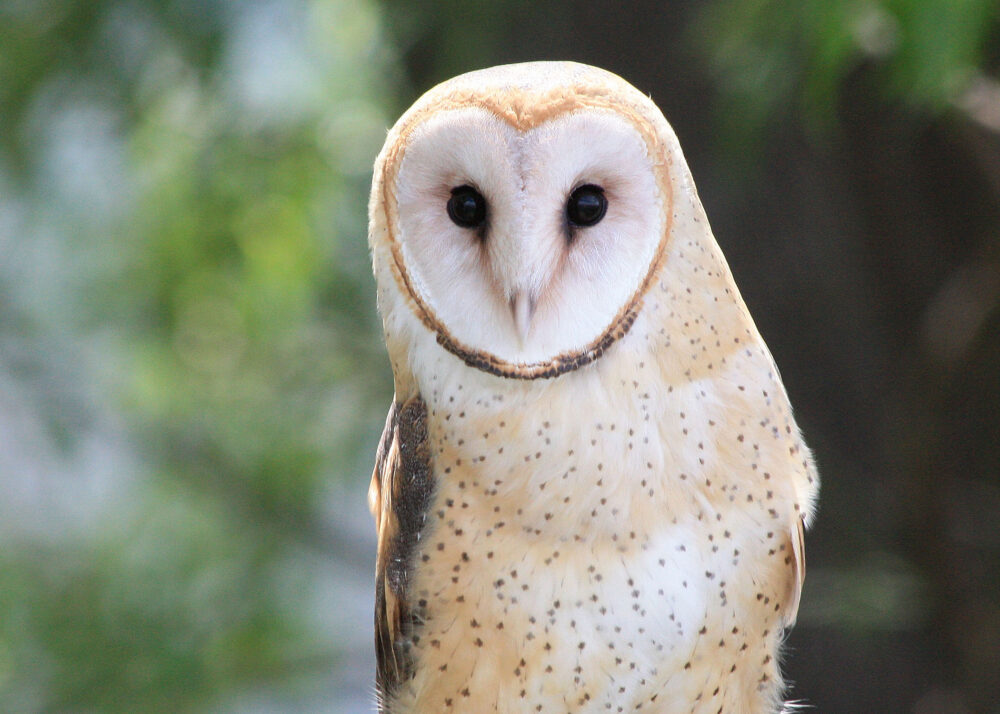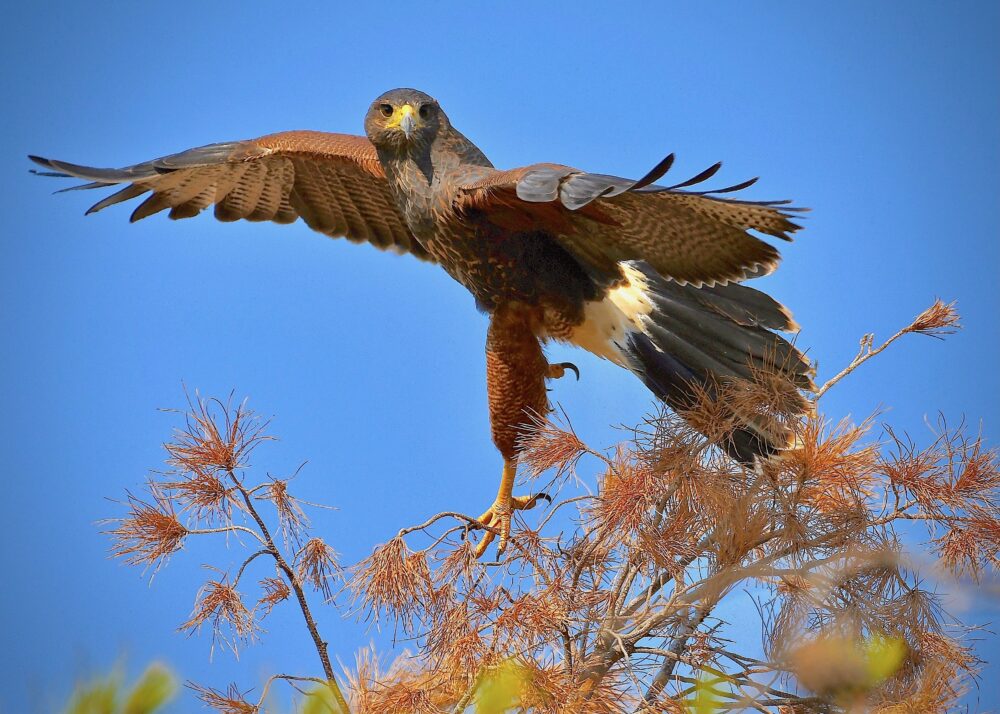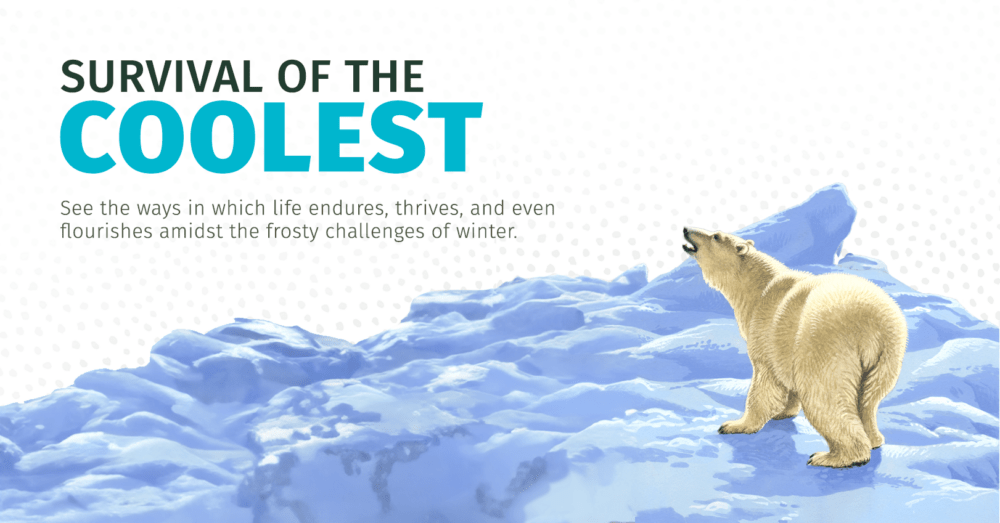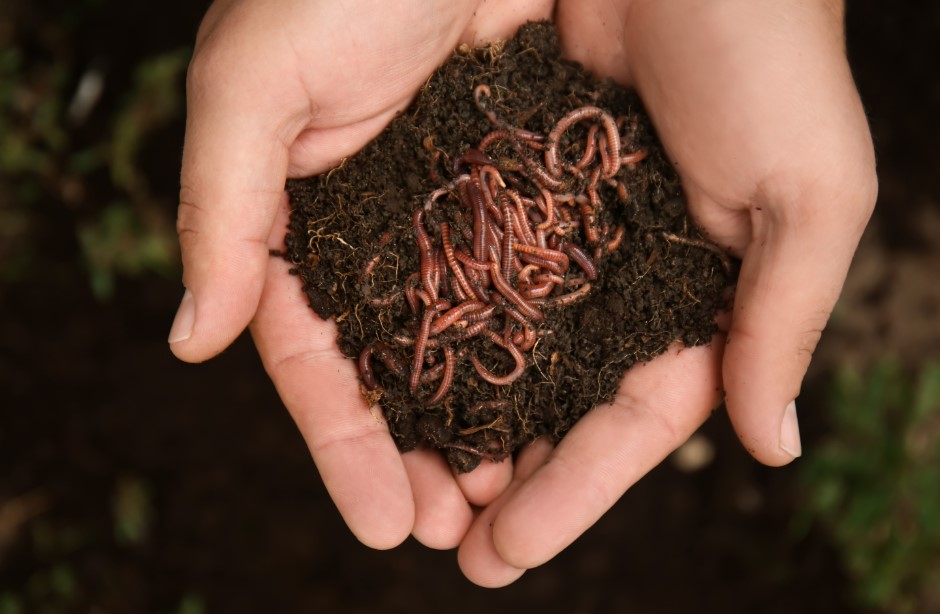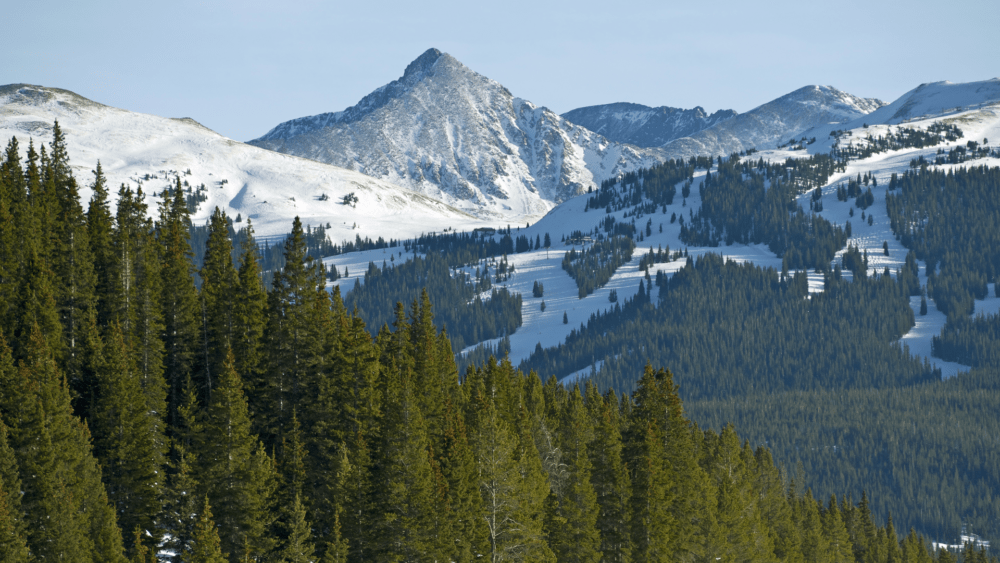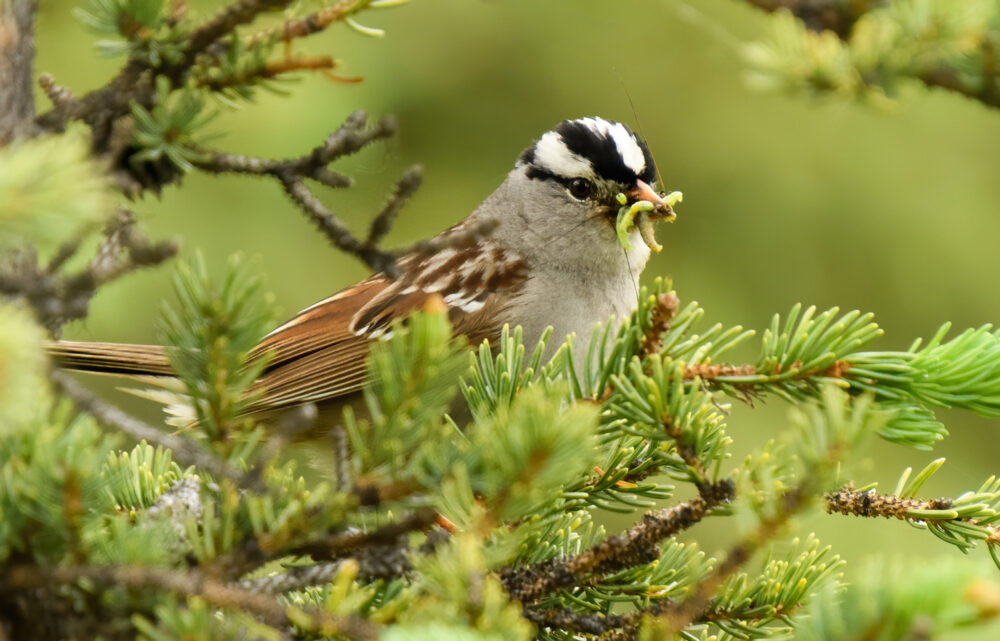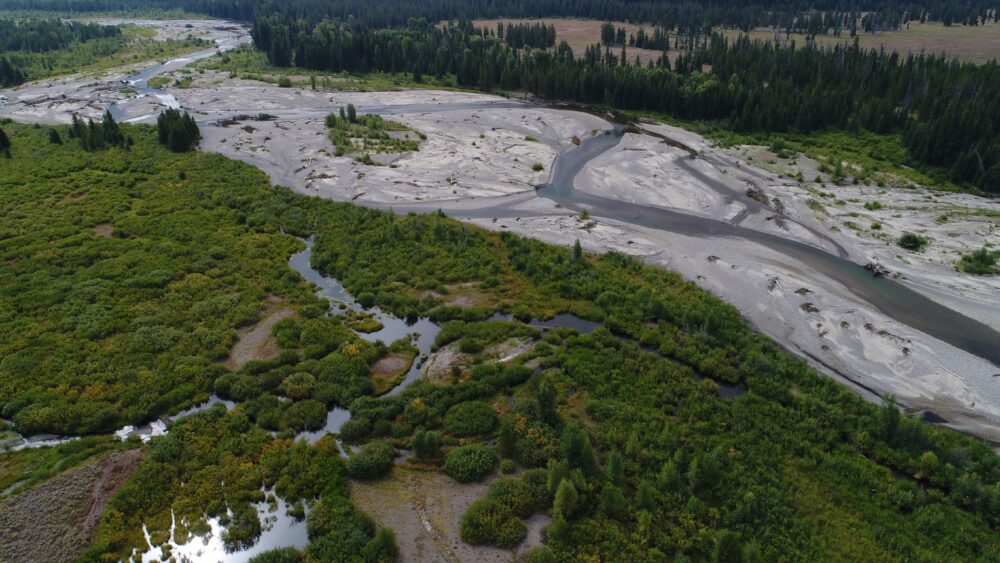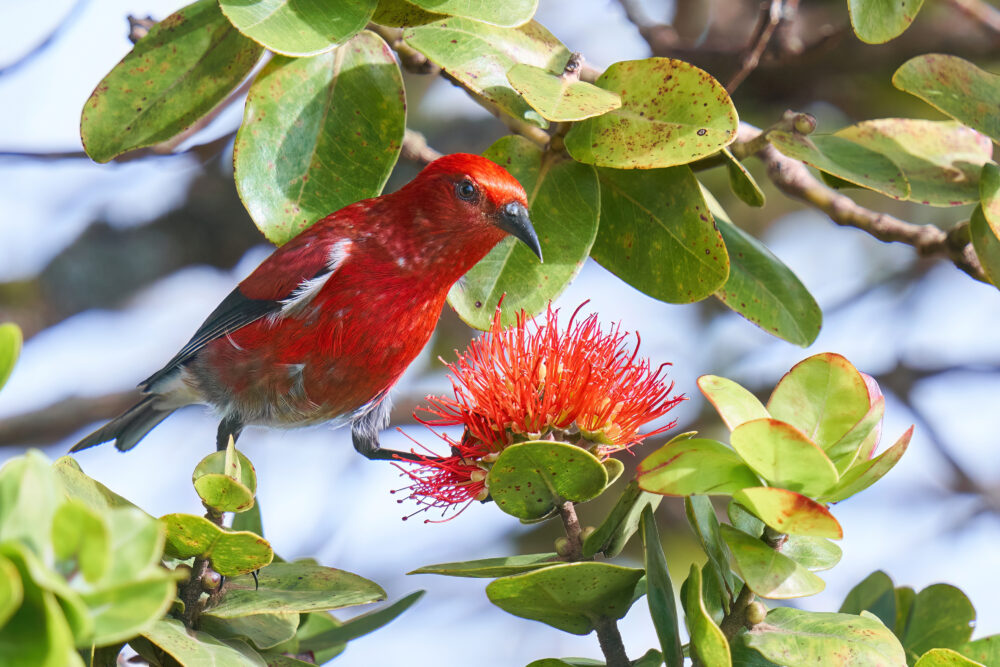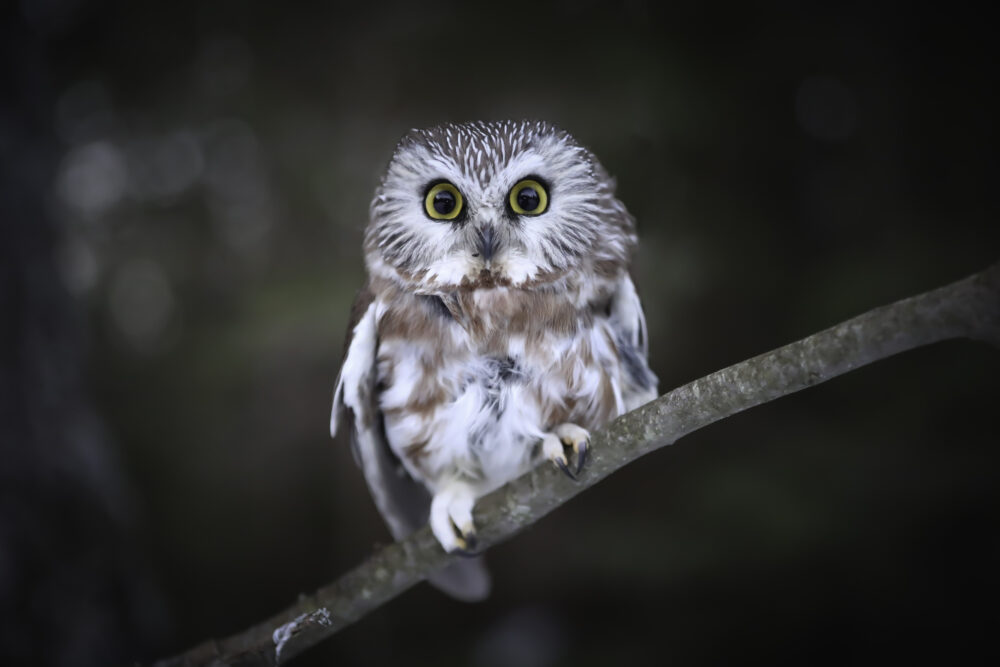We have much more to do and your continued support is needed now more than ever.
Wildlife Walking in a Winter Wonderland
Encompassing the North Pole and areas of Alaska, Canada, Greenland and Russia, the Arctic ecosystem is a mix of glaciers, tundra, and sea ice — terrain that creates a unique habitat for wildlife. The Arctic is currently under threat from climate change impacts such as melting sea ice and rising ocean temperatures. In order to endure the area’s wintry conditions, wildlife living in the Arctic region have developed certain adaptions. Here are a few ways these species survive in the north:
Arctic Foxes
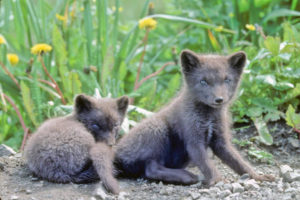
An interesting fact is that there are also “blue” arctic foxes which do not have the typical white/brown fur colorings. “Blue” arctic foxes instead have light brown or gray-colored coats in winter and black fur with a bluish tint in the summer.
Symbolically adopt an Arctic fox.![]()
Harp Seals
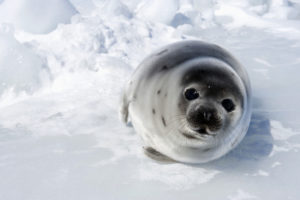
Similar to Arctic foxes, harp seals rely on their thick, white coats to endure the winter. The seals also have a layer of blubber which helps protect them from the cold of the water. When they are hunting, they use their strong flippers and sharp teeth to catch quick prey like fish.
Symbolically adopt a harp seal.![]()
Walruses
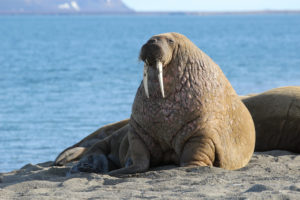
Additionally, their whiskers, made of 400-700 highly sensitive vibrssae, help them search for prey along the ocean floor, like shellfish, corals, and sea cucumbers.
Snowy Owls
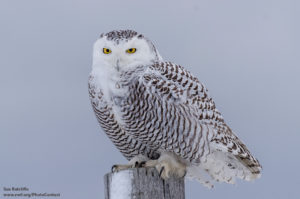
Keep a look out – if you live in the northern plains, New York, or New England, chances are you’ll see snowy owls in the winter. The birds are “regulars” in this area during this time of year.
Symbolically adopt a snowy owl.![]()
See other wildlife species available for symbolic adoption today! Your donation will be used where it is needed most to help protect imperiled wildlife.


